Google metaverse, the name alone conjures up images of a truly expansive future. The company that shaped the modern Internet obviously has some plans for where it’ll go in the future. However, the company can be a little cagey about its metaverse plans. But you’ll soon see the past, present, and what might happen in the future of Google’s metaverse.
Quick Menu:
- The Metaverse as a Foundation of the Google Metaverse
- What is Google?
- Google Metaverse: What We Know
- Google Metaverse Past and Future Products & Acquisitions
- Google Metaverse & the Four Other Giant Tech Companies
The Metaverse as a Foundation of the Google Metaverse
The Google metaverse stems from the significance of the metaverse itself. It’s best to look at the metaverse as a fully digital world, or even universe, that exists alongside physical reality. An architect’s devotion to something can lead to the creation of unique venues in the physical world. And a company’s view of a deeper metaverse meaning can lead to excellent digital results. You can step into those creations and experience them just as you would a physical edifice because the metaverse is a truly immersive and interactive 3D world.
And similarly, you can invite friends and family to join you in that exploration. How you go about it will vary depending on what you’re using to access the metaverse. Virtual reality (VR) and augmented reality (AR) are the most immersive options. But computers, phones, and even video game consoles can access part of the metaverse. The metaverse is continually growing, so no one knows what it’ll be in the future. But we know that the metaverse in some form is the future. In the article “Metaverse Meaning; Different Ways of Defining the Metaverse”, you can see how different personal metaverse meanings can shape that medium.
What is Google?
Any implementation of the metaverse borrows from the underlying ethos of its creators. So to understand the Google metaverse, you need to understand Google. People often think of Google as a search engine. And Google Search was indeed Google’s first significant service when it first launched in 1998. As it’s known today, Google began in 2004 with the launch of Gmail. The service was pretty exclusive at the time. Users needed an invitation to sign up for the service. This allowed Google slowly scale up to meet the needs of users. Google eventually reached a point where its infrastructure could efficiently serve as a web-based platform. The company quickly popularized the idea of applications that run in a browser.
Services like Google Maps, Google Docs, Google Drive, and many others demonstrated that a browser could act like a computing platform in and of itself. And Google would further enhance this experience by creating the Chrome browser using a highly optimized Javascript engine especially tailored for web apps. Google’s next major leap forward came in 2008 when it participated in the launch of the first Android-powered phone. At that point, Google had a significant influence in most computing platforms.
Google Metaverse: What We Know
Many of the specifics of the upcoming Google metaverse are still under wraps. But Google CEO Sundar Pichai recently sat down to discuss the metaverse with Bloomberg’s Emily Chang. Pichai put special emphasis on the way people relate to computers. He states that computing adapts to people rather than people adapting to computers. The CEO emphasized that the interaction of humans and computers isn’t always going to simply come in the form of someone talking to a black rectangle in front of them.
Instead, Pichai believes computers will become more immersive so that people can speak to them just as they would another human being. Moreover, he highlighted that the computer interfaces will always be there when people need them. This future will come in the form of ambient computing and AR. Ambient, in this context, refers to one’s immediate surroundings. And AR refers to augmented reality that can interlay digital information into analog environments. This means that people can have an always-on computing platform that melds the physical and digital world. Various metaverse implementations tend to stress this idea to one degree or another.
And it seems that Google, in particular, wants to blur the distinction between the physical and digital worlds. Though Pichai also emphasized the fact that different people often mean other things when talking about the metaverse. The metaverse meaning will usually differ enormously in various contexts when discussing the subject. Chang pressed the CEO for more details about what he thinks the metaverse will be. Pichai was unsurprisingly tight-lipped about the specifics of Gooogle’s metaverse plans but noted that he envisions computers evolving in an immersive way through augmented reality. As you’ll soon see, this aligns with many public projects involving the Google metaverse.
Video: Introducing ARCore
Google Metaverse Past and Future Products & Acquisitions
A metaverse Google style can be challenging to pin down because the company’s output can be so prolific. Google has never been shy about experimentation. The company develops and acquires various technologies that often see radical changes over time. But the following projects worked on or acquired by Google provide some strong hints about what might be coming in the future.
Google Glass
Google Glass is something of an oddity in the Google metaverse. It was first announced to the public in 2013 amid many misconceptions. Many people thought it offered the more advanced augmented reality features in today’s cutting-edge devices. And when people learned that Google Glass was more focused on recording images and videos, it led to widespread public concern over covert surveillance.
In the end, the original version of Google Glass never had a full widespread release to the public. But Google Glass succeeded in professional spaces to warrant a second edition – Google Glass Enterprise Edition. Enterprise Edition saw even more varied use in fields such as medicine. And in 2019, Google announced the Google Glass Enterprise Edition 2 with far more advanced features than the original. Glass didn’t catch on with the public, but it’s still going strong with specialized enterprise-level users.
For more information about Google Glass Enterprise Edition 2, read “Google Glasses; Learn About Google Glass Enterprise Edition 2”.
Video: Glass Enterprise Edition 2
Google Daydream
Google Daydream was a follow-up of sorts to Google Cardboard. Like Cardboard, Daydream worked by essentially turning your Android phone into a VR display. The main difference is that Daydream featured dedicated hardware. Daydream consists of a headset with a bay to hold your phone, and a VR controller.
The technology was innovative. But Google believes the main point of failure came from the fact that people instantly lost use of their phones when using Daydream. When someone uses a dedicated VR headset, they can still grab their phone to make a call or check an app. But Daydream required people to choose between using their phone as a VR device or using their phone as they were accustomed. On top of that, Daydream’s $100 price didn’t deliver much more than could be had with Google Cardboard. And Google Cardboard was, quite literally, something you could make from cardboard.
Video: Meet Google Daydream View
Google Project Iris
Google’s Project Iris offers an unusual and unique take on augmented reality. The most challenging part of augmented reality has always been the display. It’s tough to render the kind of graphics you see on a high-resolution display when working with something the size of a pair of glasses. Google’s trying something new as a way to get around the problem. The experiment isn’t using glasses. Google Project Iris forgoes the glasses form factor typically seen in AR systems and instead goes for a VR-style headset.
Google is keeping most details related to Project Iris secret. Only about 300 people work with Project Iris, hidden behind a strict security system. But it seems to leverage Google’s powerful supercomputers to do remote graphical processing. If that’s true, it may offer the best possible view of a physical world combined with the larger Google metaverse.
Google Project Starline
Augmented reality typically focuses on melding the metaverse and the physical world. Massive projects like that often come with equal technical hurdles. But what if you only needed to work with a single data point? Say, rendering a single individual rather than an entire metaverse? That’s the premise of Google Project Starline. It’s a very different take on a Google metaverse intended to simply bring two people together.
Google describes it as a magic mirror of sorts. It’s a two-way display that acts like a window into another linked Google Project Starline device. In some ways, it’s not too different than a video chat. The main differentiating factor for the end user is size. Starline uses a lifesize display that renders the other person at their actual size. But on a technical level, Project Starline uses advanced computing to simulate volume and depth to make people look three-dimensional.
Video: Project Starline: Feel like you’re there, together
Acquisition of Smart Glasses Company North
Project Iris showcases a different type of augmented reality than most people are accustomed to. But that doesn’t mean Google has given up on the idea of smart glasses. As previously noted, Google tends to experiment with a lot of ideas at the same time. And in this case, that means working on Project Iris while also buying up a smart glasses company called North. North released its smart glasses, called Focals 1.0, in 2019.
It uses a laser in the arm of the glasses to beam images onto the lens display. The company had announced that version 1.0 would stop production to concentrate on the next iteration, but things have changed with Google’s acquisition. Nobody knows what North’s tech will be used for within Google or if it might merge with Glass. But it’s sure to have exciting implications for the Google metaverse.

Image attribution: by North
Acquisition of MicroLED Startup Raxium
Google is almost defined by experimentation and acquisitions. And North is by no means the only example of that strategy at play within Google’s AR sphere. Google recently acquired Raxium and the startup’s microdisplay technology. Raxium’s microLED displays leverage a different strategy than most smart glasses. Instead of using lasers or holographic systems, the microLED uses something closer to a phone’s display. The main difference comes down to size. It’s said that Raxium’s tech produces five times more efficient results than previously established world records. MicroLEDs could produce a very different take on the Google metaverse.

Image attribution: Raxium
Google Metaverse & the Four Other Giant Tech Companies
The Google metaverse is an exciting prospect. But the company is far from alone in its drive to shape the future of the metaverse. All of the largest tech companies are working on some aspect of the metaverse. But these following metaverse companies have fascinating and noteworthy histories with the platform.
Facebook/Meta’s Metaverse
Facebook, now known as Meta, arguably has the lead in metaverse development when compared to the other tech giants. When Facebook rebranded to Meta, it signaled a change in the world. The public saw that the metaverse was the new digital frontier and that development was going to move forward at a rapid pace.
Meta meant further work on its Oculus line of VR headsets and the Horizon metaverse platform. But this is only part of Meta’s more extensive plans. You can discover those plans in the article “Facebook Metaverse; Explained, Examples, Devices, Vision & Critics”.
Apple Metaverse
Apple is in an unusual position within the competition for the metaverse. The Google metaverse is filled with projects and experiments. But Apple is both working on the metaverse and also quite guarded about it. The company tends to hold off on releases until they’re polished and “just work”.
And there’s evidence of over 20 years of active development within Apple. The pieces are coming together, and experts expect Apple to release new metaverse hardware soon. You can delve into Apple’s research and upcoming releases in the article “Apple Metaverse; How Apple Enters the New Digital Frontier”.
Amazon Metaverse
Amazon is another company keeping a lot of its metaverse development behind locked doors. At the moment, it’s known that Amazon has hired people specifically based on experience with the metaverse. And they’ve also released some metaverse-related projects. Amazon’s AR room layout system is the most notable for consumers.
But the Cloud Quest educational system also shows that the company has some metaverse resources at its disposal. Less is known about the Amazon metaverse than the Google metaverse. But there are hints. You can unravel Amazon’s metaverse mysteries in the article “Amazon Metaverse; Amazon’s Vision Entering the Metaverse”.
Microsoft Metaverse
Microsoft has been fairly open about its plans for the metaverse. Interestingly, the tech giant’s strategy dramatically overlaps with the Google metaverse. One of the main points of shared interest comes from augmented reality. Microsoft is leveraging augmented reality to help companies share personal expertise.
One of Microsoft’s biggest augmented reality successes is its HoloLens. But Microsoft’s recent acquisition of Activision Blizzard, and the Overwatch property, suggests that the company will expand into the more traditional metaverse. You can catch up with Microsoft’s plans in “Microsoft Metaverse; Learn About Microsoft’s Metaverse Strategy”.
The Google metaverse is a work in progress, but that’s why it’s exciting. You’ve seen what Google and its competitors are working on for the future. Now it’s up to you to take hold of them as the metaverse evolves.
Did You Like This Article About Google Metaverse?
You might also be interested in the following articles:
- Tesla Bot Optimus; The Latest Information About Tesla’s Robot
- Valve Index; Learn About Valve’s Powerful VR Headset
- NFT Art Guide; Meaning, Examples, Market Places, and How to Buy
- Metaverse Jobs; Learn Everything About Your Career in the Metaverse

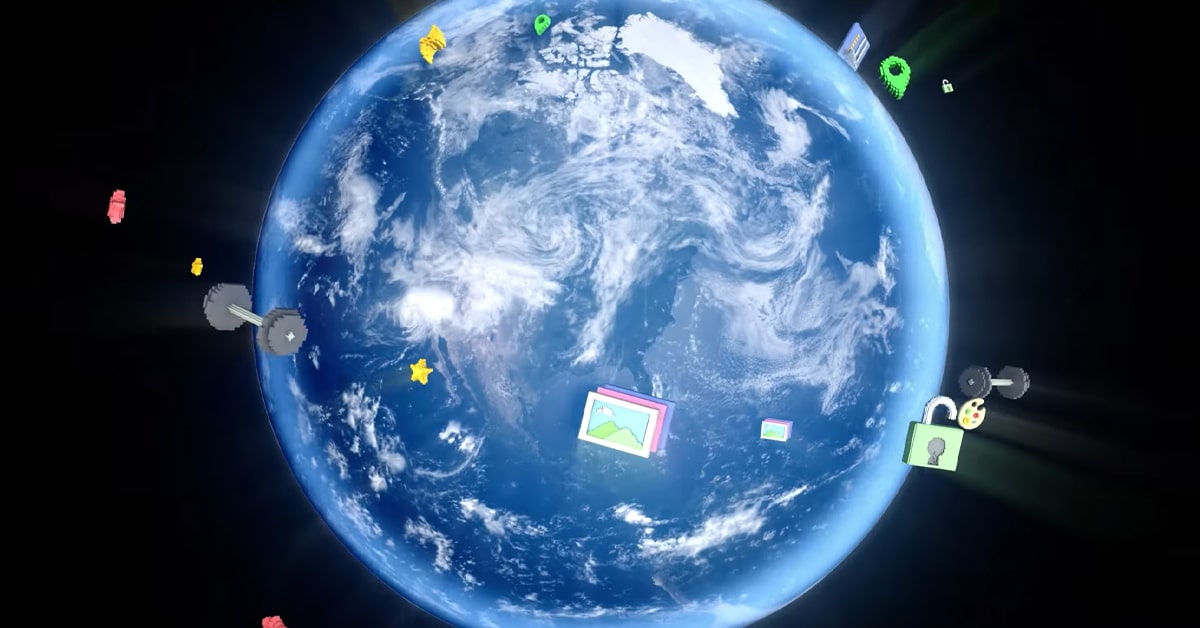
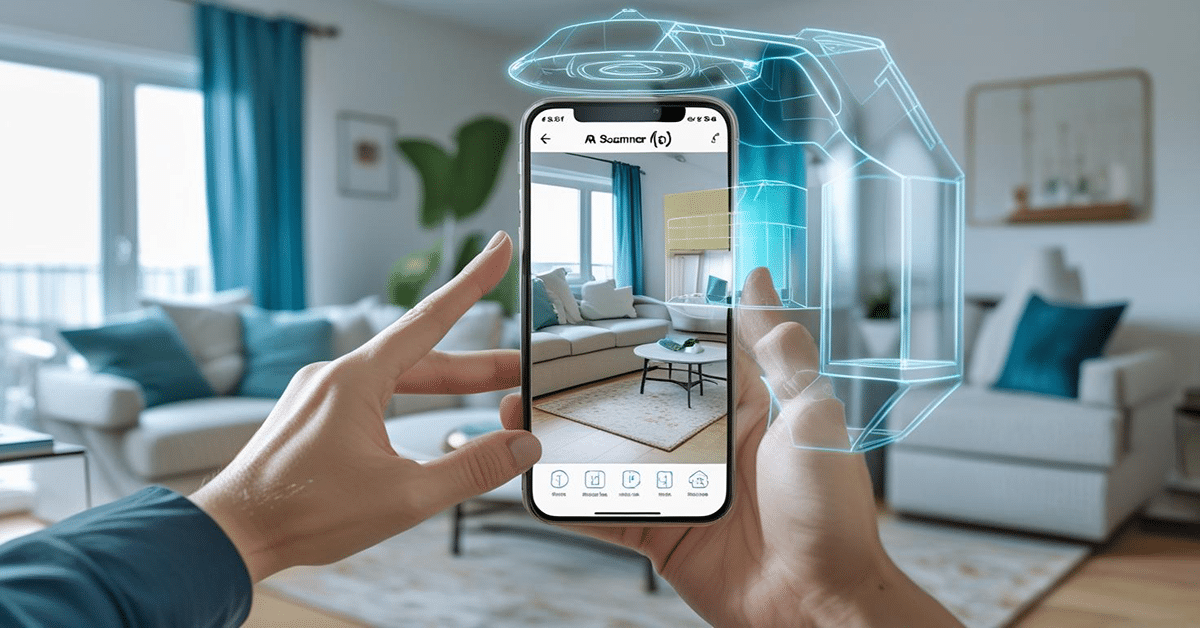
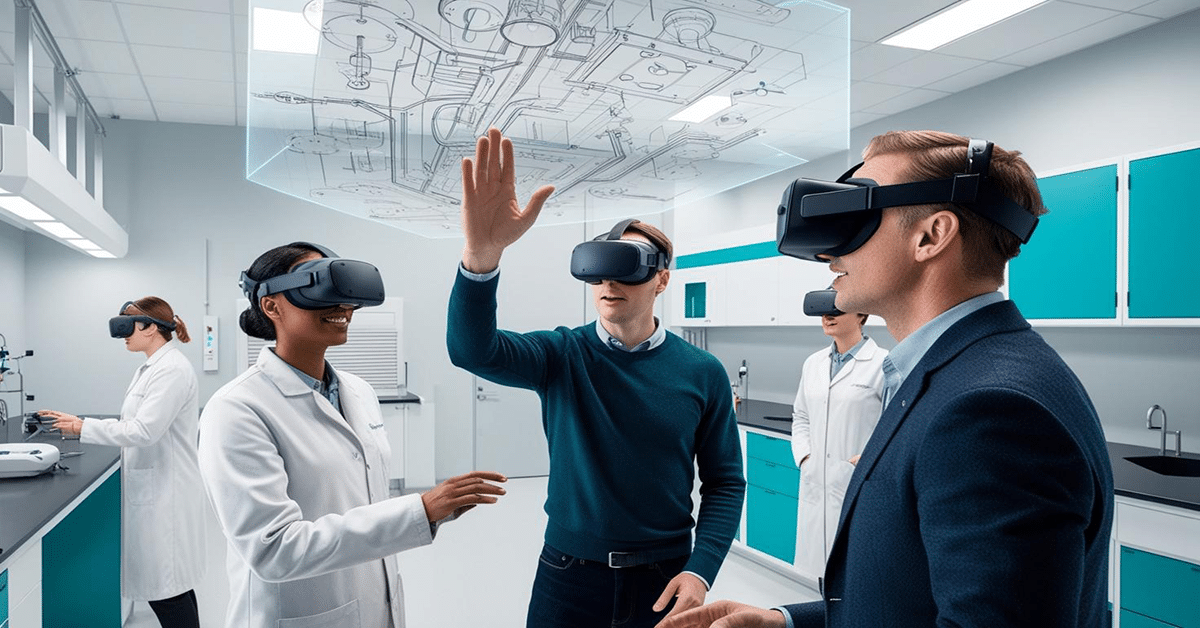
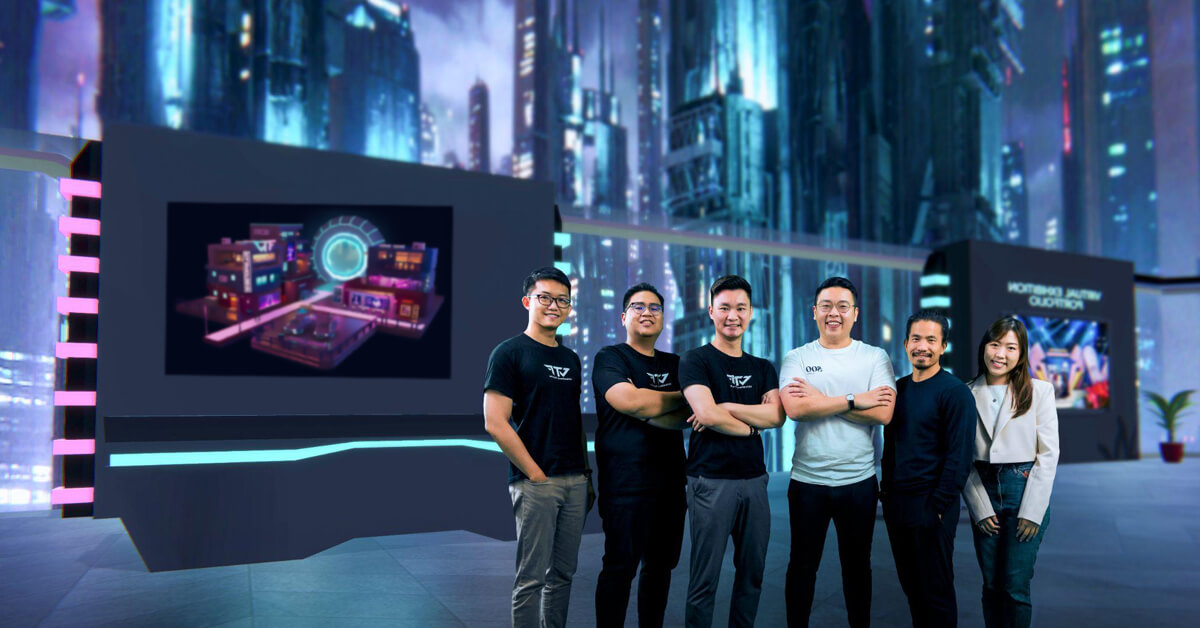

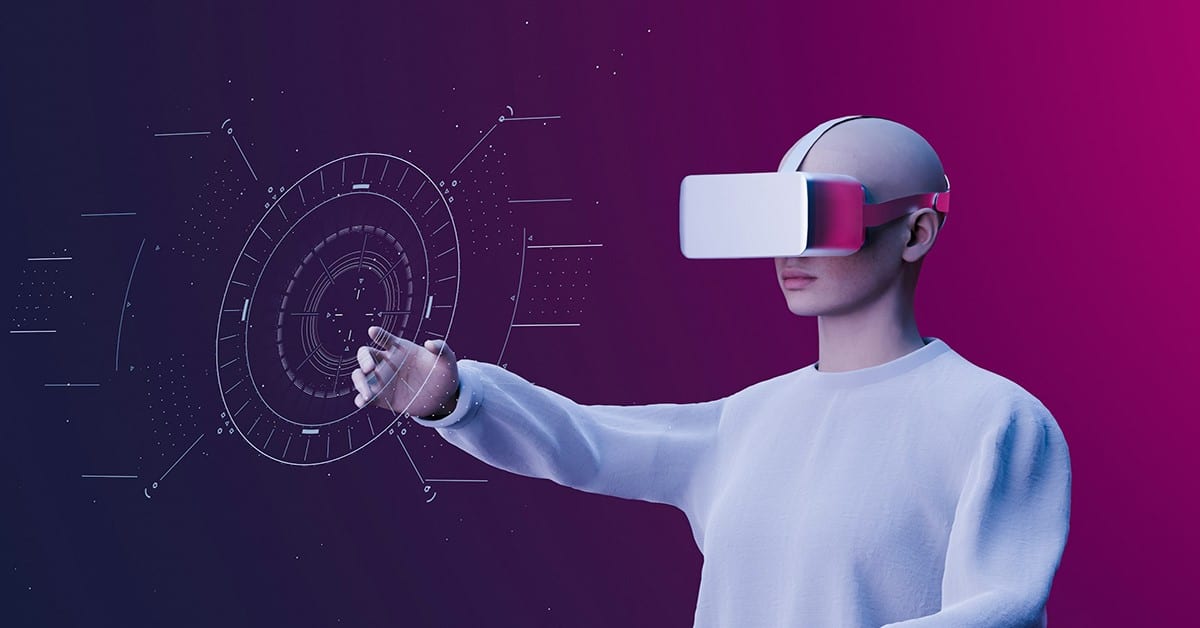
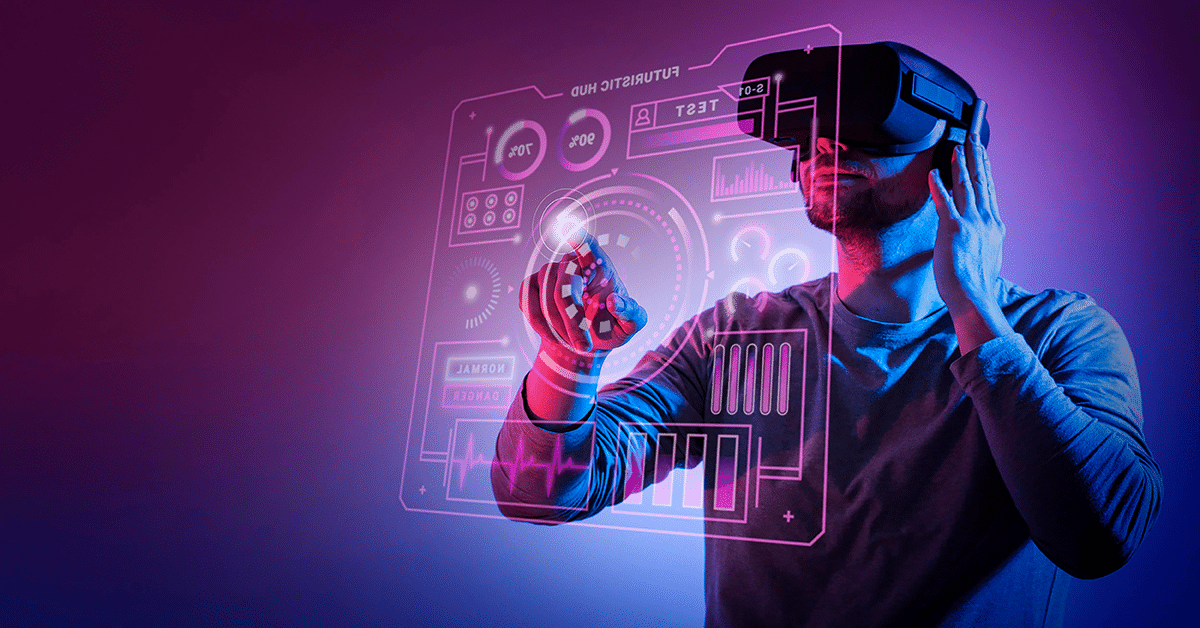

Leave A Comment